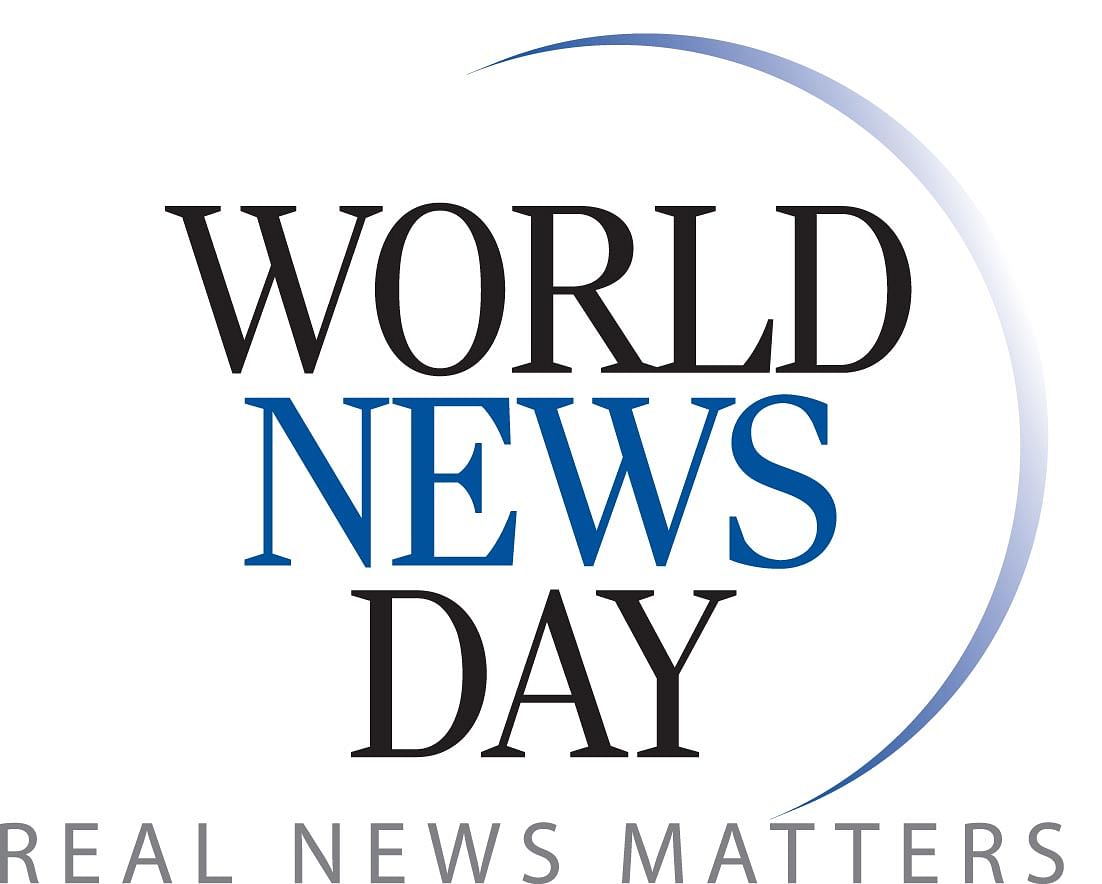TACKLING THE INFODEMIC
World News Day: Photojournalist braves risks to cover coronavirus burials in Indonesia
Sign up now: Get ST's newsletters delivered to your inbox
Genta Tenri Mawangi and Gusti Nur Cahya Aryani Antara, Indonesia
Follow topic:
Mr Muhammad Adimaja, a photojournalist for Antara, has shot pictures of burial workers in Pondok Rangon and Tegal Alur, the two largest public cemeteries specially designated for Covid-19 victims in Jakarta.
In his work covering the ground to keep readers informed, he has witnessed gravediggers working round the clock to complete the funeral process for Covid-19 victims.
"There was a day when these burial workers had to work until 11pm local time," he said.
He admitted to being slightly apprehensive about being assigned to cemeteries, which are designated as places with the greatest risk of infection, but said he has learnt a valuable lesson from the gravediggers.
"Even in a place where the likelihood of contracting the coronavirus is high, you could manage the risks by following strict health and safety protocols," he said. "As far as I know, they never tested positive for the coronavirus."
On the job, Mr Adimaja wears a surgical/fabric mask and a reusable carbon-filtered mask, goggles, a pair of gloves and a protective suit.
After that, he takes a rapid antibody test for Covid-19 and a PCR-based swab test.

The tests are mandatory for Antara journalists who are in the field and at risk of contracting the virus.
Unlike print journalists, photographers do not have the luxury of telereporting and are particularly exposed to the risks.
Following his funeral visits, Mr Adimaja has published dozens of compelling yet heartbreaking pictures of Covid-19 funerals, the gravediggers and aerial views of public cemeteries, all of which are widely used by news outlets.
"It is our job that when you are working for a news agency, you have people waiting for your pictures. Whatever it takes, you have to be among the first to capture breaking news and historic moments," he said.
"The thing is we have never seen anything like this before. We have seen earthquakes and floods, but they are all visible to our eyes - not the pandemic and not the virus."
• This story was contributed by Antara for World News Day 2020.

